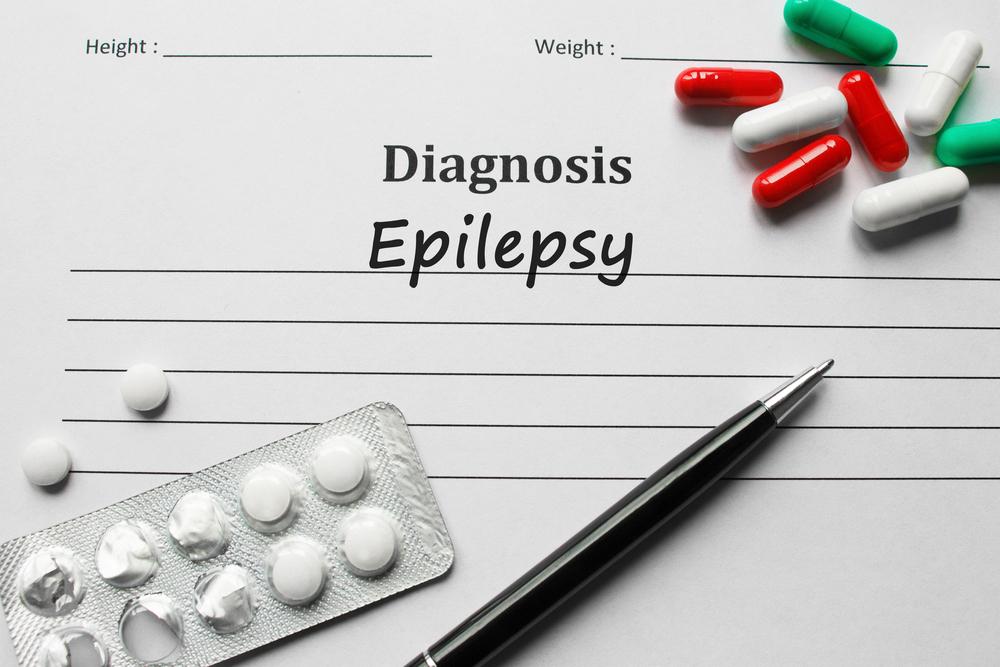Effective Strategies for Managing Epilepsy Through Ketogenic Dietary Plans
Explore comprehensive strategies for managing epilepsy through the ketogenic diet, including key principles, food choices, meal planning, and monitoring tips. This guide emphasizes the scientific basis and practical implementation of a ketogenic nutritional plan to reduce seizure frequency and improve patient outcomes. Learn how to safely adopt this dietary approach with professional guidance for optimal results.

Effective Strategies for Managing Epilepsy Through Ketogenic Dietary Plans
Epilepsy, a neurological disorder marked by recurrent seizures, affects millions worldwide. While traditional anti-epileptic medications are effective for many patients, a significant subset does not respond adequately to these treatments. For such individuals, alternative approaches are essential. One of the most promising non-pharmacological interventions is the ketogenic diet, which has gained recognition for its ability to significantly reduce seizure frequency and severity. In this comprehensive guide, we explore the principles behind the ketogenic diet, how it helps in managing epilepsy, and practical dietary strategies to implement this approach safely and effectively.
The ketogenic diet primarily works by altering the body's energy metabolism, forcing it into a state called ketosis, which has beneficial effects on brain activity. Unlike typical diets that focus on calorie restriction, the ketogenic approach emphasizes the quality and macronutrient composition of food, mainly increasing fat intake while drastically reducing carbohydrates. This metabolic shift influences neuronal stability and reduces the propensity for seizure activity.
Adopting a ketogenic diet is a significant lifestyle change, especially for individuals managing epilepsy. Proper guidance from healthcare professionals, including dietitians and neurologists, is essential to tailor the diet to individual needs and ensure nutritional adequacy. The diet's success hinges on meticulous planning to balance macronutrients and monitor health parameters. Here, we discuss the core components of the ketogenic diet, suitable food choices, and practical tips for maintaining adherence.
The Science Behind Ketogenic Diet and Epilepsy Control
Understanding how the ketogenic diet reduces seizures involves exploring its impact on brain metabolism and neuronal excitability. In ketosis, the body converts fats into ketone bodies—beta-hydroxybutyrate, acetoacetate, and acetone—which serve as alternative energy sources for the brain. These ketones have been shown to stabilize neuronal activity, reduce glutamate excitotoxicity, and promote mitochondrial efficiency. Research indicates that elevated ketone levels can modulate neurotransmitter release and reduce abnormal electrical activity, leading to fewer and less severe seizures.
Core Principles of a Ketogenic Diet for Epilepsy
High Fat, Low Carbohydrate, Moderate Protein: The cornerstone of the ketogenic diet involves a substantial increase in dietary fat—typically comprising about 70-80% of total caloric intake—with moderate protein levels and minimal carbohydrates (usually less than 50 grams per day). This combination fosters the metabolic shift necessary for ketosis.
Consistency and Monitoring: Regular monitoring of blood or urine ketone levels helps ensure ongoing ketosis. Consistency in food intake and meal timing supports sustained seizure control.
Nutritional Balance: While focusing on fat and limiting carbs, it is vital to maintain adequate vitamins, minerals, and hydration to prevent deficiencies and side effects such as constipation or hypoglycemia.
Key Food Sources for a Ketogenic Diet in Epilepsy Management
Implementing a ketogenic diet requires careful selection of foods that supply the necessary macronutrients. Here are some primary food categories suitable for epilepsy-focused ketogenic regimens:
Healthy Fats and Oils: Olive oil, coconut oil, avocado oil, and other plant-based fats are excellent choices. These fats are rich in monounsaturated and medium-chain triglycerides (MCTs), which may enhance ketosis and support brain health.
Fatty Fish and Seafood: Salmon, mackerel, sardines, and other oily fish are high in omega-3 fatty acids, which have anti-inflammatory properties and may contribute to neurological health.
High-Fat Dairy: Butter, cheese, heavy cream, and full-fat yogurt are valuable sources of calories and fats. It’s advisable to choose minimally processed options to minimize hidden carbs.
Nuts and Seeds: Almonds, walnuts, chia seeds, flaxseeds, and pumpkin seeds provide healthy fats and fiber, with low carbohydrate content. Portion control is essential to prevent excess calorie intake.
Non-Starchy Vegetables: Spinach, kale, broccoli, cauliflower, and zucchini are low in carbs and rich in nutrients, supporting overall health and digestion.
Limited Fruits: Due to their natural sugar content, fruits like berries can be included in moderation. Fruits like bananas and grapes are generally avoided because of high sugar levels.
Sample Meal Tips and Practical Guidelines
To maintain dietary adherence and effectiveness, incorporating practical meal ideas and tips can be invaluable:
Breakfast Options: Eggs cooked in butter with spinach or avocado slices; full-fat Greek yogurt mixed with chia seeds and a handful of berries.
Lunch and Dinner: Grilled salmon with roasted zucchini and a side salad dressed with olive oil; chicken cooked in coconut oil with sautéed greens.
Snacks: Nuts, cheese slices, or celery sticks with cream cheese.
Beverages: Unsweetened coffee, tea, or water are preferable. Avoid sugary drinks, juices, and diet sodas containing artificial sweeteners that may affect ketosis.
Monitoring and Adjusting the Diet
Close medical supervision is critical during ketogenic dietary therapy. Regular assessments include blood tests to monitor ketone levels, lipid profiles, liver function, and nutritional status. Adjustments in macronutrient ratios or supplementing with vitamins and minerals may be necessary. Moreover, patience and persistence play significant roles, as it can take several days to weeks to reach optimal ketosis and observe seizure improvements. Maintaining open communication with healthcare providers ensures safety and maximizes therapeutic benefits.
In conclusion, the ketogenic diet is a powerful and scientifically supported modality for controlling seizures in epilepsy patients unresponsive to medication. While it requires commitment, professional guidance, and dietary discipline, its benefits can significantly improve quality of life. With ongoing research and clinical experiences, the ketogenic approach continues to evolve as a cornerstone in epilepsy management, offering hope to many patients worldwide.





